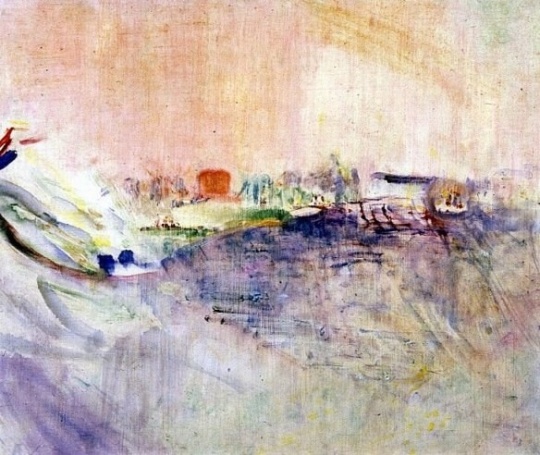De Ploeg
Everything about De Ploeg
Get to know the artists of De Ploeg (EN subs)
Here you can find information about De Ploeg, the artists, the history and development of the group, references to collections and highlights.
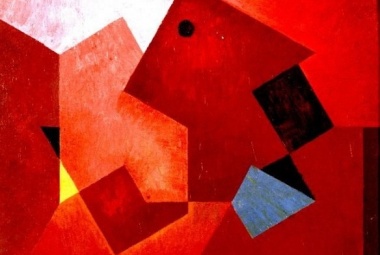
Wobbe Alkema
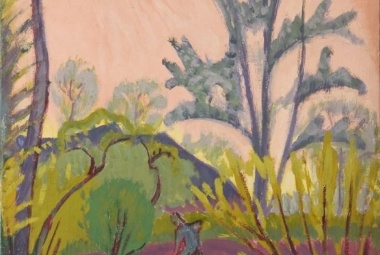
Jan Altink
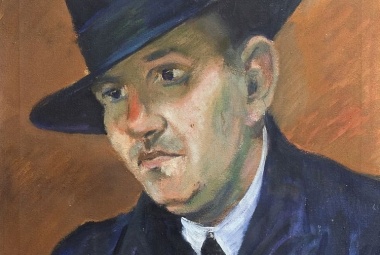
Siebe Jan Bouma
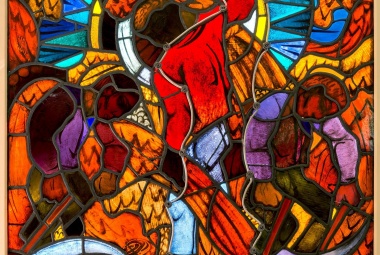
Johan Dijkstra
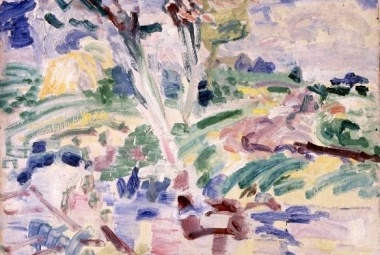
Job Hansen
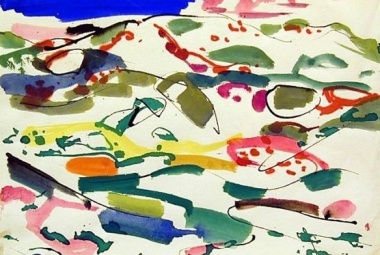
Jan Gerrit Jordens

George Martens
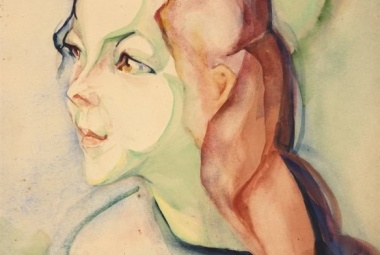
Alida Pott
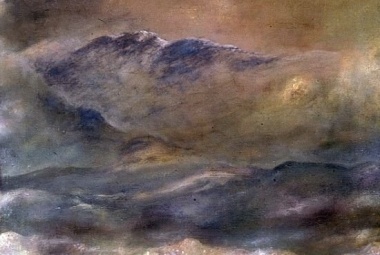
Hendrik de Vries
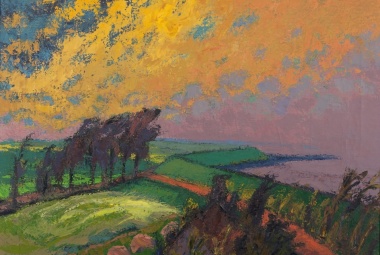
Jannes de Vries
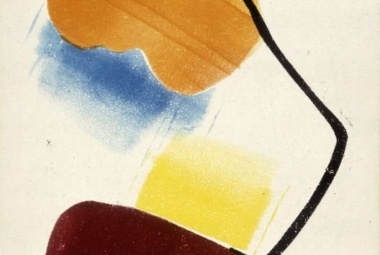
Hendrik Nicolaas Werkman
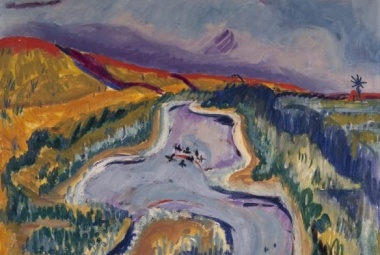
Jan Wiegers
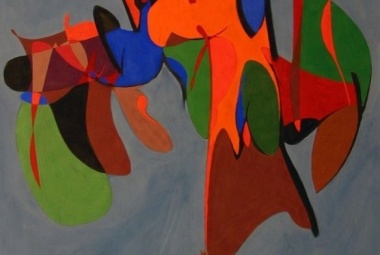
Jan van der Zee
Video: De Ploeg 1918 - 1928
De Ploeg
De Ploeg was founded in 1918 in response to the artistic climate in the city of Groningen. A number of younger artists believed that the opportunities to exhibit and develop were too limited. They hoped to be able to organize exhibitions of De Ploeg members, and also to introduce artists and the public to the latest developments in the field of visual art, architecture, literature in the form of exhibitions and lectures. The initiators included Jan Wiegers, Johan Dijkstra, George Martens and Jan Altink. The latter came up with the name for the association He decided that a lot of ground had to be cultivated in Groningen with regard to modern art and therefore proposed the name De Ploeg, meaning the plough.
The association did not have a substantive program: anyone who engaged in "serious" art could join. From the beginning, De Ploeg therefore had members who worked in completely different directions and styles.
Although De Ploeg continued to exist - and still exists - as an association, its art-historical significance lies in the 1920s, when within its ranks an expressionist and impressionist trend was successively developed, characterized by a close connection to the Groningen region as well as international artistic orientation. The most important artists who were members of De Ploeg during that period include: Jan Wiegers, Jan Altink, Johan Dijkstra, Hendrik Werkman, George Martens, Jan Jordens, Jan van der Zee and Job Hansen.
Expressionism
Soon, led by Jan Wiegers, a group of painters within De Ploeg was formed that found inspiration in expressionism. From 1922 they left an emphatic mark on all association activities. Although his style was already developing towards expressionism, Wiegers converted to expressionism permanently during his sojourn in Switzerland in 1920-1921. Due to illness, Wiegers stayed in Davos, where he met Ernst Ludwig Kirchner, the most prominent representative of German Expressionism. Kirchner’s personality and style made a decisive impression on Wiegers. When having returned to Groningen Wiegers introduced expressionism and gave a new direction to the artictic style of De Ploeg. At his request, artists such as Altink, Dijkstra, Werkman and Martens gave in to experiments with colour, wax paint and expressive forms of graphic art.
De Ploeg's expressionism can be traced back to the work of artists such as Vincent van Gogh, Edvard Munch and Piet van Wijngaerdt, but found her artistic grammar in the work of Kirchner. The period in which Groningen expressionism set the tone within De Ploeg lasted only briefly. Around 1926 Wiegers and Altink moderated their colour palette and Dijkstra returned to a more impressionistic way of working about three years later. Werkman, who had less emphatically engaged with Kirchner’s style, developed his own expressionist painting, but was mainly concerned with his printing. Initially with the help of his hand press, later using stamping and stencil techniques, he produced his famous prints, which were both figurative and abstract.
Impressionism
Under the influence of Jan Altink, a second period arose around 1927 in which a clearly recognizable school within De Ploeg was leading. It was impressionistic in nature and characterized by an extremely expressive brushwork and a light and transparent use of colour. The most startling results in this direction were achieved by Altink and Job Hansen. The latter developed his own painting technique, in which diluted oil paint was spread on prepared panels in an almost watercolour-like manner.
The way in which expressiveness was determined in his work by the painter's material pointed forward to the experimental and abstract expressionist forms of art that would develop after World War II.
Constructivism
Constructivism, which developed from 1923 in the work of Wobbe Alkema, Jan van der Zee and in the printing art of Hendrik Werkman, was an independent school within modern art in Groningen. Unlike expressionism, this style did not develop into an important trend within De Ploeg, because Van der Zee ultimately worked only in a constructivist way for one year; Werkman also worked in an expressionist style. Wobbe Alkema, the only constructivist by conviction, was only a member of De Ploeg for less than a year (in 1924-1925). Most of his work was created outside De Ploeg.

Job Hansen

Jan van der Zee

Hendrik Nicolaas Werkman

Jan Gerrit Jordens

Jan Wiegers

Alida Pott

George Martens

Jan Altink

Hendrik de Vries

Wobbe Alkema

Siebe Jan Bouma

Johan Dijkstra

Jannes de Vries
De stichting De Ploeg
The entire collection of De Ploeg now consists of approximately 2000 works, which are on permanent loan to the Groninger Museum.
